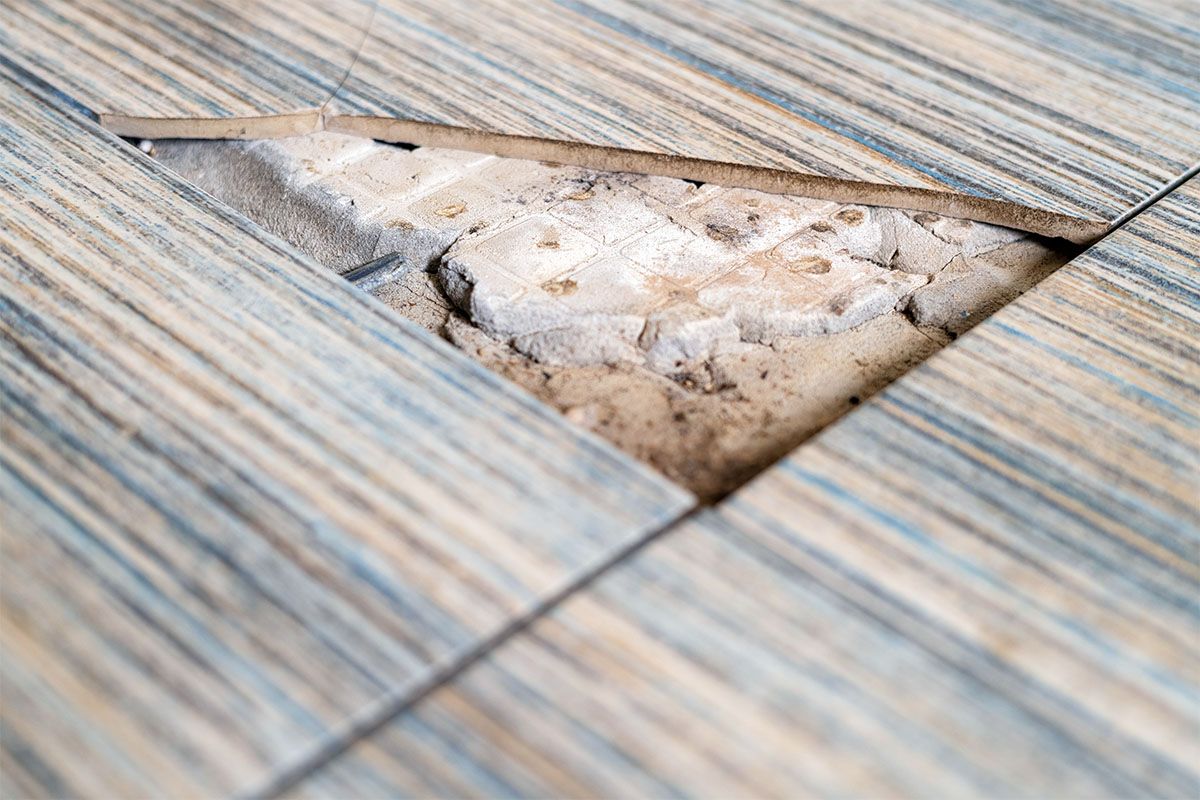The Difference Between Licensed and Non-Licensed Asbestos Removal
Asbestos, once widely used in construction for its fire-resistant properties, is now known to pose serious health hazards when disturbed. As HSE licensed asbestos removal professionals, it is crucial that Cordtape recognises and responds to different levels of risk when ACMs are identified. But, one of the most crucial differentiations we must make when determining the removal process carried out on your property is whether the work must be licensed or non-licensed.
But what exactly is the difference between licensed and non-licensed asbestos removal?
How is asbestos removed?
Asbestos removal is a meticulous process that aims to eliminate the hazardous material while minimising the release of asbestos fibres into the air. It is often achieved through the methods of encapsulation, enclosure or complete removal.
There are two main types of asbestos removal:
- Licensed asbestos removal
- Non-licensed asbestos removal
Licenced asbestos removal
Licensed asbestos removal projects encapsulate high-risk asbestos removal projects that must be completed by a licensed asbestos contractor.
The Control of Asbestos Regulations define licensable asbestos removal works as:
- Where the exposure of asbestos to workers is consistent and of high intensity
- The control limit will, or is at risk of, being exceeded
- Work on asbestos coating, insulating board or asbestos insulation
- It is not a short duration of work
Examples of licensed asbestos removal
The HSE (Health and Safety Executive) website lists examples of licensable asbestos removal work including:
- Removal of sprayed coating
- Work which may disturb pipe lagging
- Work involving loose fill insulation
- Cleaning loose/fine debris containing ACMs where the exposure is consistent and of high intensity

Notifiable non-licenced asbestos removal
For some non-licensed asbestos removal work, additional regulations must be followed. This is referred to as notifiable non-licensed work (NNLW). In this case, the work must be notified to the appropriate authority, covered by medical examinations, and employers must maintain registers for work.
Notifiable non-licensed asbestos removal can be identified through a thorough risk assessment.
Benefits of hiring licensed asbestos removal contractors
Regardless of whether the work is licensed or non-licensed, it must be carried out at the hands of accredited, HSE licensed professionals due to:
1. Professional Expertise
Licensed asbestos removal companies operate under strict regulations and guidelines. They employ trained and certified professionals who have the expertise to handle asbestos safely and efficiently.
These experts are well-versed in the latest industry standards and follow rigorous procedures to minimise the risk of exposure.
2. Regulatory Compliance
Licensed asbestos removal companies adhere to state and federal regulations governing asbestos abatement. These regulations are in place to protect both workers and the public from the harmful effects of asbestos exposure.
Compliance ensures that removal is conducted in a controlled manner, preventing the spread of asbestos fibres.
3. Proper Equipment and Techniques
Licensed asbestos removal involves the use of specialised equipment and techniques designed to contain and safely remove asbestos-containing materials. The goal is to prevent the release of asbestos fibres into the air during the removal process, safeguarding the health of workers and occupants of the affected area.
At
Cordtape, our team is fully qualified to manage all aspects of both licensed and non-licensed asbestos removal from initial
Asbestos Survey and Sampling, to
Asbestos Removal and
Asbestos Waste Management. We will handle the implications of each process including the identification of the type of work required, documentation, and notification to the appropriate authorities.
For enquiries regarding the safe disposal of asbestos containing materials,
contact us today.




